
Discover the Vibrant Charm of Lince, Lima
Explore Lince in Lima, a vibrant neighborhood where traditional Peruvian culture meets modern urban life, offering unique experiences, delicious cuisine, and local charm.
Lince, a hidden gem nestled in the heart of Lima, offers a delightful blend of traditional Peruvian culture and modern urban flair. This neighborhood is perfect for tourists who seek an authentic experience away from the more commercialized areas of the city. Wander through its bustling streets, and you'll find a vibrant mix of locals going about their daily lives, street vendors selling delicious snacks, and colorful murals that tell the stories of the community. One of the standout features of Lince is its accessibility to some of Lima's most important landmarks. Just a short drive away, you'll find the historic center of Lima, home to colonial-era architecture, grand plazas, and the majestic Government Palace. Lince itself boasts several green spaces, including the popular Parque Mariscal Castilla, where you can relax and enjoy the local flora and fauna. For those interested in shopping, the area is dotted with local markets and small boutiques offering unique souvenirs and handmade crafts. Food enthusiasts will be delighted by the culinary offerings in Lince. The neighborhood is known for its array of traditional Peruvian restaurants and street food stalls, where you can sample dishes like ceviche, anticuchos, and lomo saltado. Don't miss out on the opportunity to visit a local coffee shop or bakery to try some freshly brewed Peruvian coffee and delectable pastries. With its rich culture, friendly locals, and convenient location, Lince is a must-visit destination for any traveler exploring Lima.
Local tips in Lince
- Visit Parque Mariscal Castilla for a relaxing afternoon amidst nature.
- Try the local street food – it's both delicious and affordable.
- Use public transport or taxis to easily reach nearby landmarks like Lima's historic center.
- Explore the local markets for unique souvenirs and handmade crafts.
- Carry some cash, as not all small vendors accept credit cards.
Discover the Vibrant Charm of Lince, Lima
Lince, a hidden gem nestled in the heart of Lima, offers a delightful blend of traditional Peruvian culture and modern urban flair. This neighborhood is perfect for tourists who seek an authentic experience away from the more commercialized areas of the city. Wander through its bustling streets, and you'll find a vibrant mix of locals going about their daily lives, street vendors selling delicious snacks, and colorful murals that tell the stories of the community. One of the standout features of Lince is its accessibility to some of Lima's most important landmarks. Just a short drive away, you'll find the historic center of Lima, home to colonial-era architecture, grand plazas, and the majestic Government Palace. Lince itself boasts several green spaces, including the popular Parque Mariscal Castilla, where you can relax and enjoy the local flora and fauna. For those interested in shopping, the area is dotted with local markets and small boutiques offering unique souvenirs and handmade crafts. Food enthusiasts will be delighted by the culinary offerings in Lince. The neighborhood is known for its array of traditional Peruvian restaurants and street food stalls, where you can sample dishes like ceviche, anticuchos, and lomo saltado. Don't miss out on the opportunity to visit a local coffee shop or bakery to try some freshly brewed Peruvian coffee and delectable pastries. With its rich culture, friendly locals, and convenient location, Lince is a must-visit destination for any traveler exploring Lima.
Iconic landmarks you can’t miss
Pedro Ruiz Gallo Park
Discover the natural beauty and cultural vibrancy of Pedro Ruiz Gallo Park, an urban oasis in Lince, Peru perfect for relaxation and family fun.

Bombero Park
Explore Bombero Park in Lince – a serene urban oasis for relaxation, recreation, and cultural experiences amidst lush landscapes.

Hotel Qorianka
Discover the perfect blend of comfort and local charm at Hotel Qorianka in Lince, Lima, your ideal base for exploring the city's vibrant culture.

Mariscal Ramon Castilla Park
Experience tranquility and recreation at Mariscal Ramon Castilla Park, a lush urban oasis in the heart of Lima perfect for families and nature lovers.

Ojo que Llora
Explore Ojo que Llora, a moving monument in Jesús María, reflecting on Peru's past and honoring its victims with a serene atmosphere for tourists.
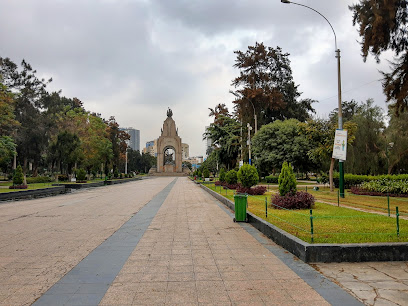
Casa de la Cultura de Lince
Discover the heart of Peruvian culture at Casa de la Cultura de Lince, a vibrant center for art, workshops, and performances in Lince.
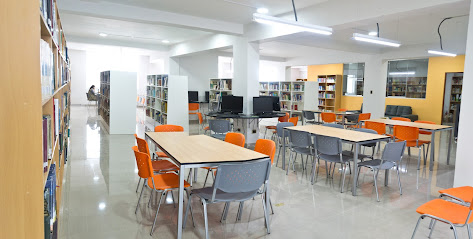
Pileta del Centenario de la Independencia
Discover the stunning Pileta del Centenario de la Independencia, a historical landmark in Lima celebrating Peru's rich cultural heritage and independence.
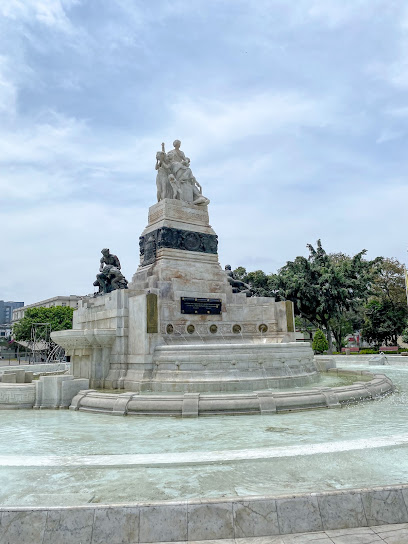
Peru Sightseeing - Lima
Experience the best of Lima and beyond with Peru Sightseeing, your trusted partner for exploring the wonders of Peru.
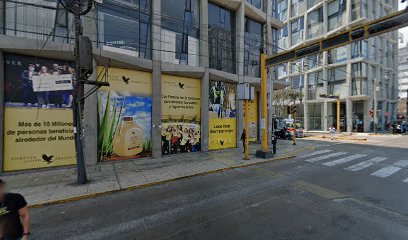
Estatua El Descargador
Discover the historical significance of Estatua El Descargador in Lima, a tribute to the city’s maritime heritage and dedicated port workers.

Lima
Explore Lima's vibrant culture, breathtaking coastal views, and world-renowned cuisine, making it a must-visit destination in Peru.
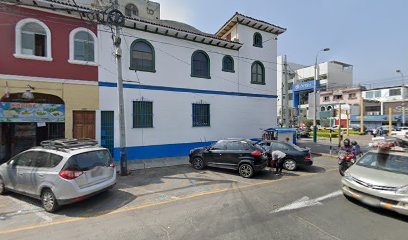
Unmissable attractions to see
Park of the Exposition
Explore the Park of the Exposition in Lima, a beautiful blend of nature, culture, and recreation waiting for your visit.
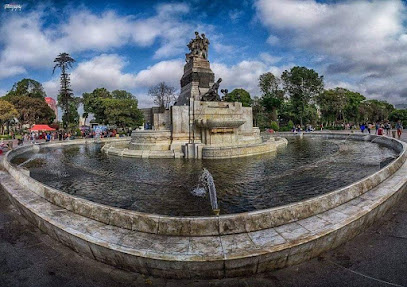
Larco Museum
Experience Peru's rich cultural tapestry at the Larco Museum, home to an extensive collection of pre-Columbian art and historical artifacts.
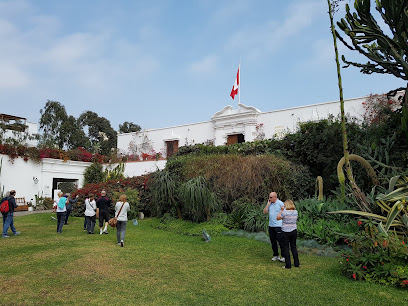
Pedro Ruiz Gallo Park
Discover the beauty of Pedro Ruiz Gallo Park, a vibrant urban oasis in Lince, offering serene landscapes, local culture, and recreational activities for all.
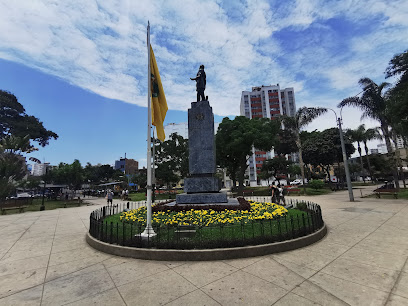
Combate de Abtao Park
Explore the tranquil beauty of Combate de Abtao Park, a lush urban oasis in San Isidro, perfect for relaxation and recreation amidst nature.

Próceres de la Independencia Park
Discover the tranquility and cultural richness of Próceres de la Independencia Park in Lima, an urban oasis filled with history and natural beauty.

Fuente Mágica
Experience the enchanting Magic Fountain in Lima, a spectacular display of light, water, and music, perfect for an unforgettable evening in Peru.
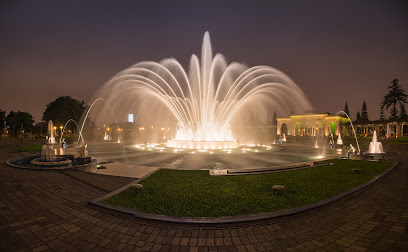
Ojo que Llora
Explore Ojo que Llora, a solemn monument in Jesús María, Peru, dedicated to remembering victims of violence with serene gardens for reflection.
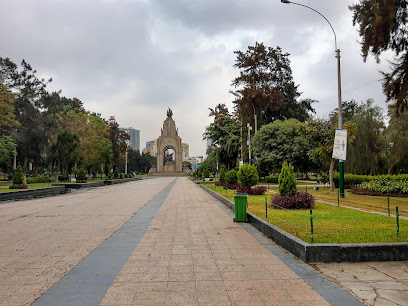
Fuente de la Fantasia
Discover the enchanting Fuente de la Fantasía in Lima, where mesmerizing water shows blend art, music, and light for an unforgettable experience.
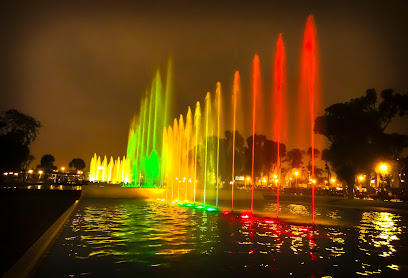
Fuente de la Ilusion
Explore the whimsical Fuente de la Ilusion in Lima, where enchanting fountains and captivating art create a magical experience for all ages.
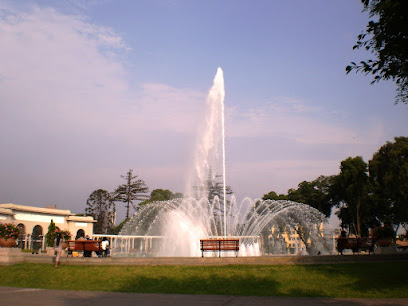
Essential places to dine
Siete Sopas
Discover authentic Peruvian flavors at Siete Sopas in Lima – where tradition meets taste in every delicious bite.
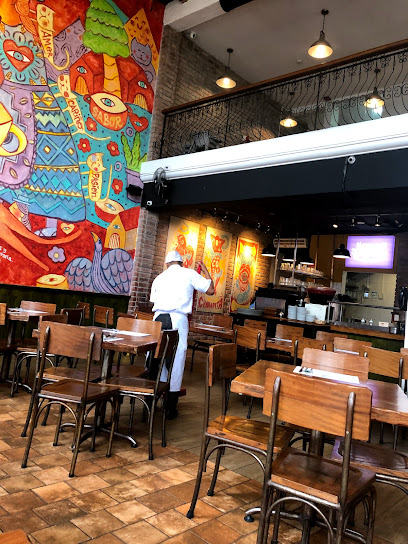
Tip Top Restaurant
Discover the vibrant flavors of Peru at Tip Top Restaurant in Lince - where fast food meets local tradition.
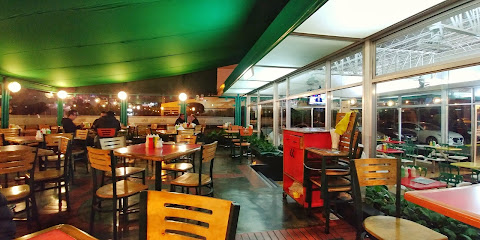
Doomo Saltado
Discover the vibrant flavors of Peru at Doomo Saltado in Lince - where traditional meets modern in every delicious bite.
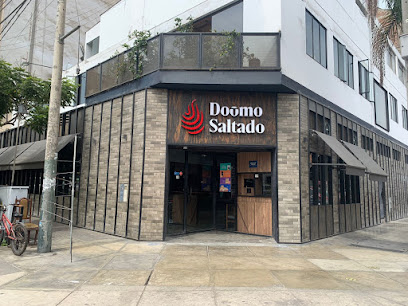
Trattoria El Bambino
Experience authentic Italian cuisine at Trattoria El Bambino in Lince - where every dish tells a story of Italy's culinary heritage.
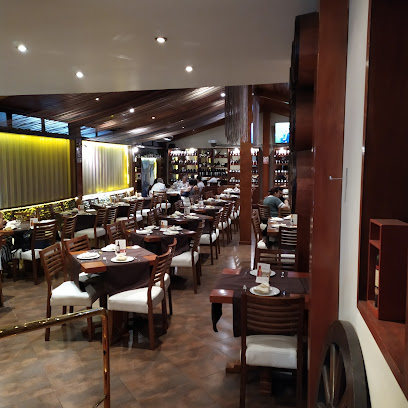
El Rincón Que No Conoces
Discover El Rincón Que No Conoces in Lince - an authentic Peruvian restaurant offering vibrant flavors and unforgettable dining experiences.
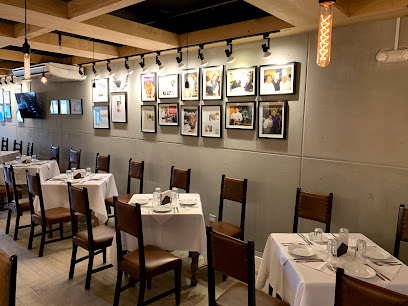
Blue Moon
Experience culinary excellence at Blue Moon in Lince, where traditional Peruvian flavors meet modern dining in a welcoming atmosphere.
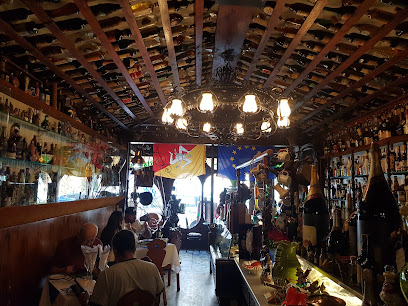
El Chinguirito
Experience authentic Peruvian cuisine at El Chinguirito in Lince - where tradition meets flavor in every dish.
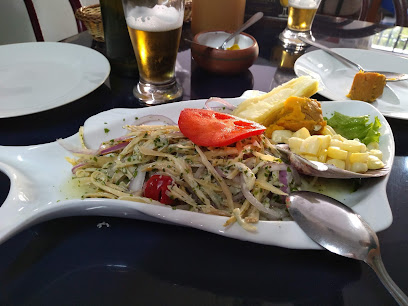
Bangkok Restaurant
Discover the vibrant flavors of Thailand at Bangkok Restaurant in Lince – where every dish tells a story.
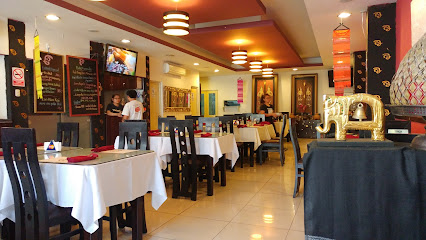
Puerto Fiel Restaurant
Experience exquisite seafood dining at Puerto Fiel Restaurant in Lince - where every dish celebrates the ocean's freshest offerings.
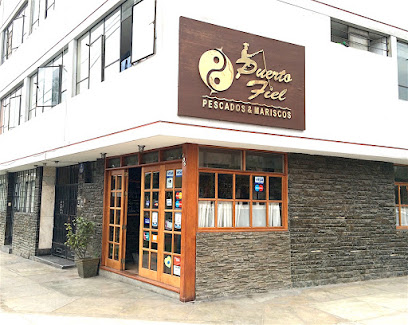
El Pichito Lince
Discover authentic Peruvian flavors at El Pichito Lince, where every dish tells a story of tradition and passion.
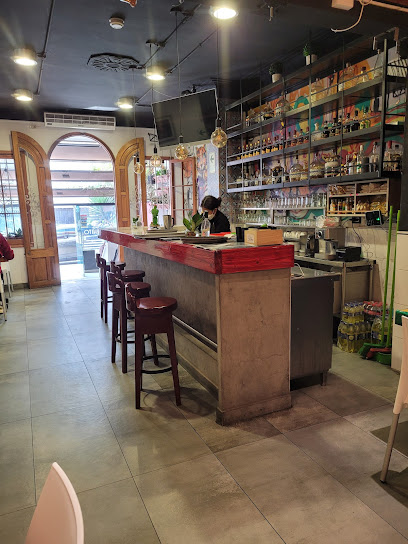
Markets, malls and hidden boutiques
Risso Mall
Explore Risso Mall in Lince, Peru, for a perfect blend of shopping, dining, and entertainment that showcases the vibrant local culture.
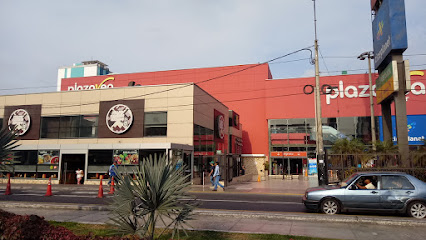
ILAHUI
Explore ILAHUI, the ultimate novelty store in Lince, where unique Peruvian treasures and delightful souvenirs await your discovery.
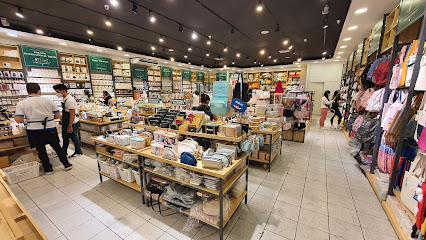
La Boutique Shop Online
Explore the vibrant selection of youth fashion and accessories at La Boutique Shop Online in Lima, a must-visit for stylish travelers.
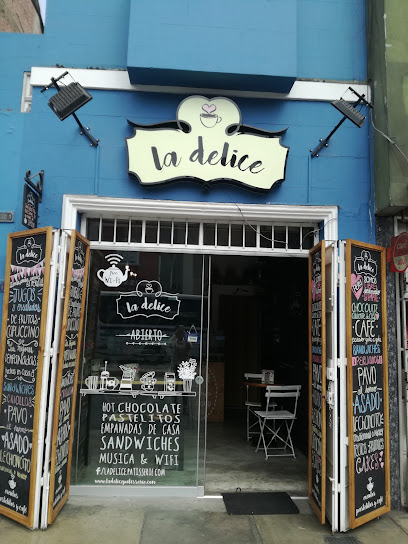
Boticas Perú
Discover the essence of Peru at Boticas Perú, where unique gifts, exquisite perfumes, and health products await every traveler.
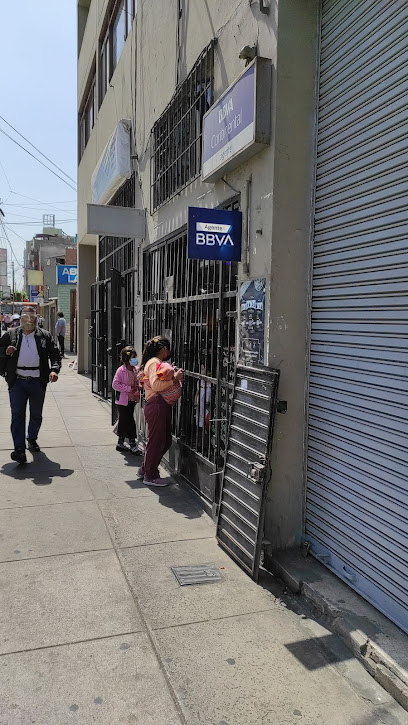
NAKAMA ANIME STORE
Explore Nakama Anime Store in Lince, Peru, your ultimate destination for anime collectibles, clothing, and unique souvenirs celebrating Japanese pop culture.

SuperWorld Perú
Explore SuperWorld Perú for authentic Peruvian gifts and crafts, celebrating the rich culture and artistry of Peru in Lince.
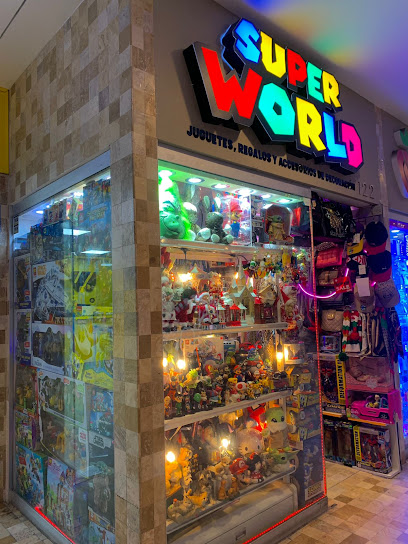
Ánime Vicious
Explore Ánime Vicious in Lince for the best anime merchandise and souvenirs, perfect for fans and collectors visiting Peru.

Mandarake
Explore Mandarake in Lince for unique collectibles, trading cards, and unforgettable gifts in a vibrant shopping atmosphere.
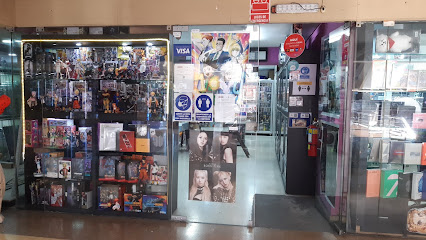
Todo Desde 1 Sol
Uncover unique gifts and affordable treasures at Todo Desde 1 Sol, the ultimate shopping destination in Lince, Peru.

Kazokushop.pe
Explore Kazokushop.pe in Lince for unique Peruvian gifts that capture the essence of local culture and artistry.
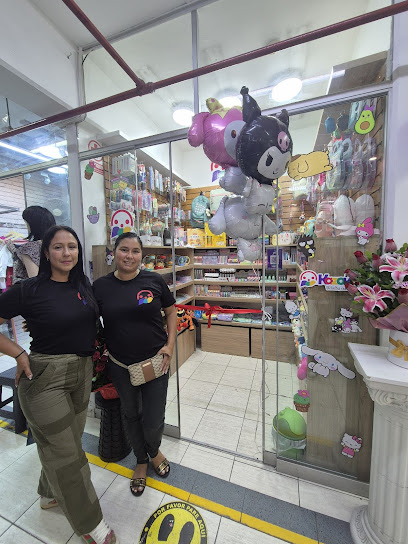
Essential bars & hidden hideouts
Quarto Bar
Experience the lively nightlife of Lince at Quarto Bar, where great drinks and a vibrant atmosphere come together for an unforgettable night.
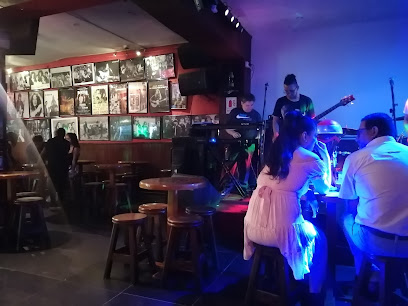
Cafe Rock
Experience the vibrant nightlife of Lima at Cafe Rock, where live music, craft brews, and a lively atmosphere meet.
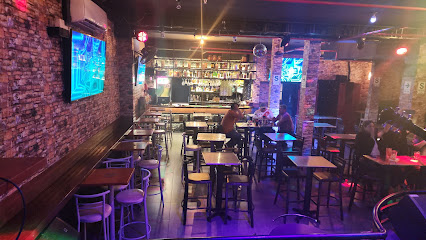
Dick's Bar RESTOBAR
Experience the lively nightlife at Dick's Bar RESTOBAR in Lince, where delicious drinks and a vibrant atmosphere await.
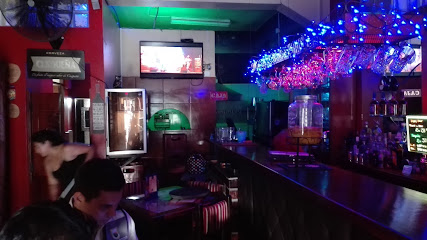
Rock Bar Lince
Discover the vibrant nightlife at Rock Bar Lince, where delicious gastropub cuisine meets a lively atmosphere in the heart of Lince.
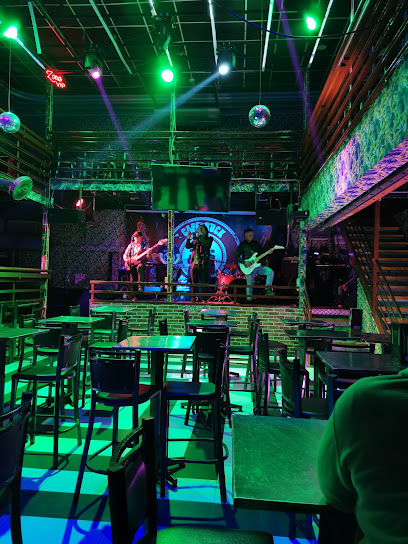
Chopp House
Discover the vibrant nightlife of Lince at Chopp House, where drinks, laughter, and local culture blend seamlessly for an unforgettable experience.
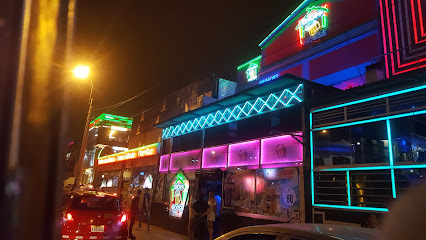
Safari Video Pub
Experience the vibrant flavors of Peru at Safari Video Pub, a lively bar and grill in Lince serving delicious grilled dishes and thrilling safari videos.

Long Bar
Discover the lively atmosphere and eclectic drink selection at Long Bar in Lince, a must-visit for nightlife enthusiasts in Peru.
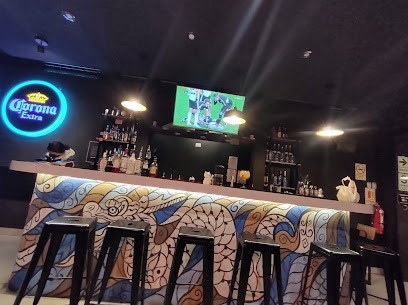
Taurus lounge bar
Discover the vibrant Taurus Lounge Bar in Lince, where refreshing drinks and a lively atmosphere create the perfect evening experience for tourists.

Barra Peru Bar Cultural
Discover the vibrant flavors of Peru at Barra Peru Bar Cultural, where authentic cuisine meets a lively cultural atmosphere.
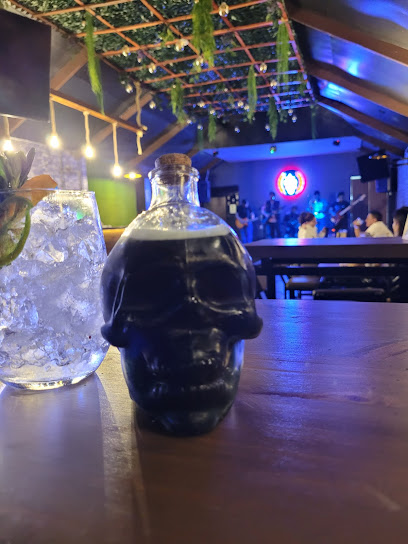
Thasnuy Resto Bar
Discover the essence of Peruvian cuisine at Thasnuy Resto Bar, where tradition meets modern flavors in a vibrant gastropub setting.
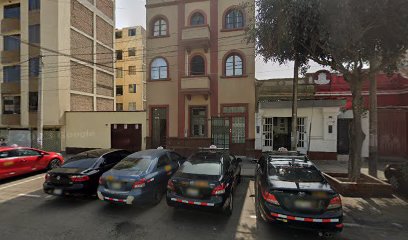
Local Phrases
-
- Hello¡Hola!
[O-la] - Goodbye¡Adiós!
[A-di-ose] - YesSí
[See] - NoNo
[No] - Please/You're welcomePor favor/De nada
[Por fa-vor/De na-da] - Thank youGracias
[Gra-see-as] - Excuse me/SorryPerdón/Lo siento
[Per-don/Lo see-en-to] - How are you?¿Cómo estás?
[Co-mo es-tas] - Fine. And you?Bien. ¿Y tú?
[Byen. Ee too] - Do you speak English?¿Hablas inglés?
[A-blas in-gles] - I don't understandNo entiendo
[No en-tyen-do]
- Hello¡Hola!
-
- I'd like to see the menu, pleaseQuisiera ver el menú, por favor
[Key-syera ver el me-nu, por fa-vor] - I don't eat meatNo como carne
[No ko-mo kar-ne] - Cheers!¡Salud!
[Sa-lud] - I would like to pay, pleaseMe gustaría pagar, por favor
[Me gus-ta-ree-a pa-gar, por fa-vor]
- I'd like to see the menu, pleaseQuisiera ver el menú, por favor
-
- Help!¡Ayuda!
[A-yu-da] - Go away!¡Vete!
[Ve-te] - Call the Police!¡Llama a la policía!
[Ya-ma a la po-lee-see-a] - Call a doctor!¡Llama a un doctor!
[Ya-ma a un dok-tor] - I'm lostEstoy perdido/a
[Es-toy per-di-do/a] - I'm illEstoy enfermo/a
[Es-toy en-fer-mo/a]
- Help!¡Ayuda!
-
- I'd like to buy...Quisiera comprar...
[Key-syera kom-prar] - I'm just lookingSolo estoy mirando
[So-lo es-toy mee-ran-do] - How much is it?¿Cuánto cuesta?
[Kwan-to kwe-sta] - That's too expensiveEso es muy caro
[E-so es mwe karo] - Can you lower the price?¿Puedes bajar el precio?
[Pwe-des ba-har el pre-syo]
- I'd like to buy...Quisiera comprar...
-
- What time is it?¿Qué hora es?
[Ke o-ra es] - It's one o'clockEs la una
[Es la u-na] - Half past (10)Media (10)
[Me-dya (10)] - MorningMañana
[Ma-nyan-a] - AfternoonTarde
[Tar-de] - EveningNoche
[No-che] - YesterdayAyer
[A-yer] - TodayHoy
[Oy] - TomorrowMañana
[Ma-nyan-a] - 1Uno
[Oo-no] - 2Dos
[Dos] - 3Tres
[Tres] - 4Cuatro
[Kwa-tro] - 5Cinco
[Seen-ko] - 6Seis
[Seis] - 7Siete
[Sye-te] - 8Ocho
[O-cho] - 9Nueve
[Nwe-ve] - 10Diez
[Dyeth]
- What time is it?¿Qué hora es?
-
- Where's a/the...?¿Dónde está un/el...?
[Don-de es-ta un/el] - What's the address?¿Cuál es la dirección?
[Kwal es la di-rek-syon] - Can you show me (on the map)?¿Puedes mostrarme (en el mapa)?
[Pwe-des mos-trar-me (en el ma-pa)] - When's the next (bus)?¿Cuándo es el siguiente (bus)?
[Kwan-do es el si-gwen-tee (bus)] - A ticket (to ....)Un boleto (a ...)
[Un bo-le-to (a ...)]
- Where's a/the...?¿Dónde está un/el...?
History of Lince
-
Before the arrival of the Spanish, Lince was part of the territory inhabited by the Lima culture, which thrived in the region from around 200 AD to 700 AD. Archaeological findings in the surrounding areas indicate that the Lima people were skilled in agriculture, pottery, and textile production, laying the foundations for the cultural richness that would later characterize Lima.
-
During the Spanish colonization in the 16th century, Lince began to develop as a suburban area outside the main city of Lima, founded by Francisco Pizarro. The area was primarily agricultural, with extensive fields and farms that supplied the growing city. The name 'Lince' is believed to derive from the Spanish word for 'lynx,' reflecting the region's wildlife.
-
The 19th century marked a significant transformation for Lince, as the area transitioned from rural farmland to an urban neighborhood. This period coincided with the expansion of Lima and the influx of immigrants, which led to the construction of new homes and infrastructure. Lince became known for its elegant mansions and gardens, appealing to the upper class of Lima.
-
By the early 20th century, Lince was fully integrated into the urban fabric of Lima. The neighborhood became a cultural hub, home to artists, writers, and intellectuals. Institutions such as the 'Centro Cultural de la Universidad Nacional Mayor de San Marcos' fostered a vibrant cultural scene, showcasing the arts and contributing to the education of Lima's population.
-
Today, Lince is a bustling residential and commercial neighborhood that reflects both its historical roots and contemporary development. The area is characterized by a mix of modern apartment buildings alongside colonial architecture. Lince's proximity to central Lima, coupled with its cultural institutions and parks, makes it a desirable area for both locals and visitors seeking to experience the rich history and vibrant life of the city.
Lince Essentials
-
Lince is centrally located in Lima, making it accessible from various neighborhoods. From Miraflores, take the Metropolitano bus to the central station and transfer to a local bus or taxi. From Barranco, a taxi is the quickest option, taking about 15-20 minutes. If coming from the historic center (Centro Histórico), you can take a taxi or a local bus; the journey typically takes around 20-30 minutes depending on traffic.
-
Lince is well-connected through public transport options. The Metropolitano bus system has a station nearby, providing quick access to other parts of Lima. Local buses and combis (minibuses) are also available. For a more leisurely pace, consider renting a bicycle; Lince is relatively flat and bike-friendly. Taxis and ride-sharing apps like Uber are popular and convenient for getting around.
-
Lince is generally safe for tourists, but like any urban area, it's essential to stay alert. Avoid walking alone at night in poorly lit areas, especially near the outskirts. Areas to be cautious about include parts of the border with La Victoria. Always keep your belongings secure and be cautious in crowded places, where pickpocketing can occur.
-
In case of emergency, dial 911 for police, fire, or medical assistance. The nearest hospitals are Clínica San Felipe and Hospital Edgardo Rebagliati. It is advisable to have travel insurance that covers medical emergencies. For minor health issues, there are pharmacies in the area. Always carry a copy of your ID and emergency contacts.
-
Fashion: Do wear comfortable clothing suitable for warm weather, but avoid overly revealing outfits. Religion: Do respect local customs, especially in religious sites; take care to dress modestly if visiting churches. Public Transport: Do give up your seat to the elderly and be polite. Don't eat or drink on public transport. Greetings: Do greet locals with a handshake or a friendly nod. Eating & Drinking: Do try local dishes and beverages; don't refuse food offered to you, as it is a sign of hospitality.
-
To experience Lince like a local, visit the Parque Mariscal Ramón Castilla for a leisurely stroll or a picnic. Explore local eateries where you can find affordable and delicious traditional Peruvian food. Engage with street vendors for a taste of local snacks like anticuchos. Check out the local mercados (markets) for fresh produce and unique items. Attend local festivals if you happen to be in town; they offer a glimpse into the vibrant community life.
Nearby Cities to Lince
-
Things To Do in Huancayo
-
Things To Do in Ica
-
Things To Do in Huaraz
-
Things To Do in Ayacucho
-
Things To Do in Trujillo
-
Things To Do in Machu Picchu
-
Things To Do in Cusco
-
Things To Do in Chiclayo
-
Things To Do in Arequipa
-
Things To Do in Puno
-
Things To Do in Piura
-
Things To Do in Loja
-
Things To Do in Copacabana
-
Things To Do in Tacna
-
Things To Do in Arica






